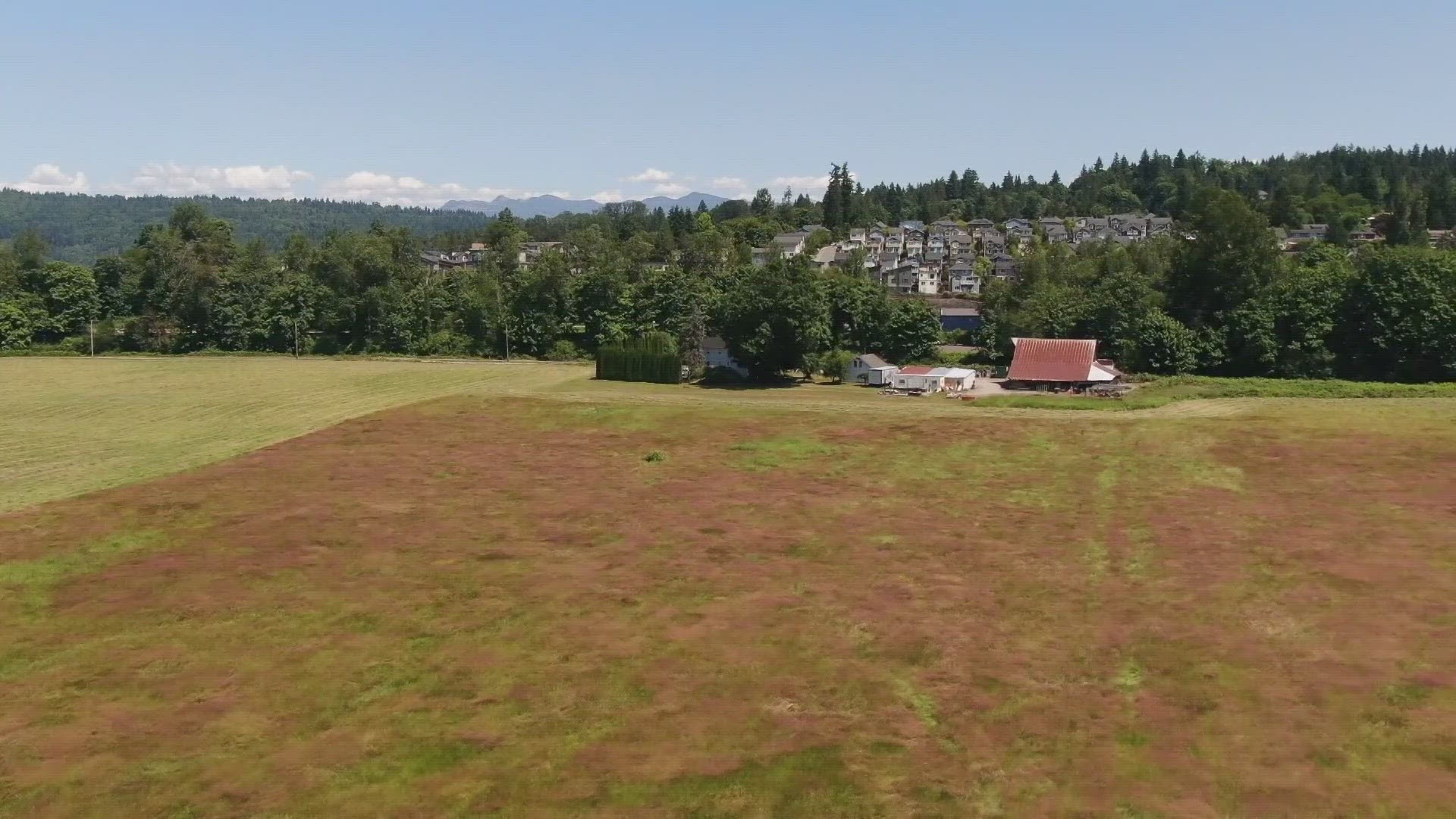SEATTLE — Researchers released their 2023 "Pacific Northwest Water Year Impacts Assessment" this month, examining how Washington, Oregon and Idaho were impacted by precipitation and temperatures.
The report showed Washington was particularly impacted by hot temperatures in the spring that decimated snowpack, leaving reservoirs in a difficult place and impacting agriculture, hydropower and water utilities.
"Even though our precipitation wasn't that anomalous and when people tend to think of drought, they think of less precipitation than normal, we saw how much temperature can really impact our water supply and that was really evident in 2023," said Karin Bumbaco, the interim Washington State climatologist.
Water managers and scientists at the Washington State Climatologist's Office, the University of Washington's Climate Impacts Group, the Oregon Climate Service, the Idaho Department of Water Resources and NOAA’s National Integrated Drought Information System collaborated on the project.
"What it is really trying to do is connect our weather and our seasonal variations to actual impacts we're seeing at different centers across the Northwest," Bumbaco said. "What does the lack of snowpack mean for drinking water, our fisheries, et cetera?"
This is the fourth edition of the report, which began as a way to track conditions and impacts and help agencies, businesses and others plan for the future.
If a year starts off with similar conditions to those in years past, agencies can get a sense of what impacts may be on the way, and do work to mitigate them. It's also a way to track trends moving forward.
"We know our climate is changing and this can help us be better prepared and plan for future impacts," Bumbaco said.
To view the report and more information, click here.

